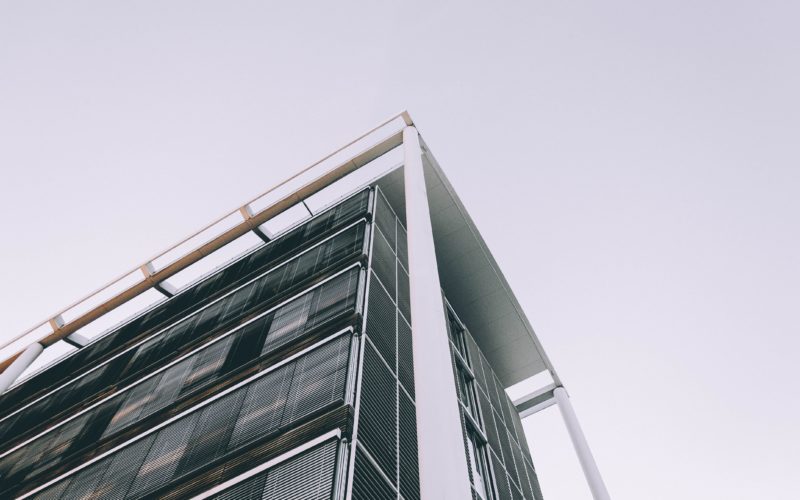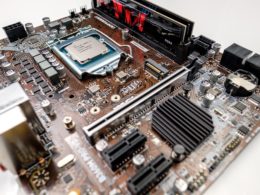When you think about commercial buildings, it’s easy to focus on the big things — who’s renting the space, what it’s worth, or how it looks from the street. But behind the scenes, the way a building is maintained plays a much bigger role than most people realize.
Maintenance isn’t just about repairs. It’s about making the right choices before problems start. Those choices often decide whether a property stays profitable or slowly loses value.
If you’ve ever managed a building or owned one, you already know how fast small issues can turn into big expenses. That’s why knowing what to prioritize matters. In the below section, we’ll break down the areas that deserve your attention — and why they shouldn’t be skipped. Keep reading!
1. Start With the Structure
The foundation and framework of any building are where it all begins. If these parts fail, everything else is at risk. That’s why regular checks for cracks, shifting, or signs of wear are essential.
Roofs especially need ongoing care. Leaks, rust, or drainage issues can cause damage that spreads quickly. If your building has a metal roof, use resources like the Guide to maintaining a Butler metal roof to understand how to handle inspections and upkeep. Buildings constructed by experienced teams often rely on this system, which is known for its strength and performance if maintained correctly.
Staying ahead of these issues helps avoid large repair bills and keeps the building safe.
2. Keep Key Systems in Top Shape
Behind the walls and ceilings are the systems that keep the building functional. HVAC, electrical, and plumbing systems are often overlooked until something stops working. But that approach costs more and causes more disruption.
Check filters, pipes, wiring, and outlets on a routine schedule. Make sure heating and cooling systems are cleaned and tested before each season. Water damage and electrical problems can lead to major shutdowns if ignored.
Preventive servicing of these systems also improves energy use, keeps tenants comfortable, and avoids emergency call-outs, which are often expensive and harder to schedule.
3. Don’t Forget the Outside
The exterior of a commercial property does more than provide curb appeal. It impacts safety and how people experience the space before they even walk inside.
Start with lighting. Are all the bulbs working? Are entrances and walkways well-lit? Next, look at parking areas. Cracks and potholes may seem small at first, but they lead to wear and higher resurfacing costs if left alone. Regular sealing and repairs protect both the surface and anyone using it.
Drainage also matters. Standing water near foundations or in lots creates long-term damage. Keep gutters and drains clear and monitor flow after heavy rain.
Taking care of the outside builds trust and reduces risk. It also protects the structure underneath.
4. Focus on Interior Areas That See the Most Use
Some areas of the building need more attention than others. Common spaces like lobbies, elevators, restrooms, and hallways should always be clean, updated, and in working order.
These are the places visitors and tenants use daily. Stained carpets, broken tiles, or worn paint send the wrong message. Regular deep cleaning, small repairs, and scheduled updates make a big difference here.
These tasks don’t have to cost a lot. What matters is doing them on time and not letting small issues grow into bigger ones.
5. Stay Organized With Records and Schedules
Without a system, maintenance turns into guesswork. Missed appointments, forgotten repairs, or lost paperwork lead to confusion and risk.
That’s why proper documentation is just as important as the work itself. Keep a log of every inspection, repair, and service. Use software or simple spreadsheets — whatever fits your team. Make sure vendors are clear on what’s expected and when.
Having this in place helps you plan budgets, respond to audits, and avoid surprises. It also makes it easier to track patterns and act early when something looks off.
6. Build the Right Vendor Network
Vendors are more than names on a list. The right contractors and service teams make your job easier and your property stronger.
Choose people who know your building type and have a track record of showing up and doing quality work. Test them with small jobs before trusting them with big ones. Keep backups in case someone is unavailable when needed.
Strong vendor relationships lead to faster response times, better pricing, and fewer mistakes. That saves time and money long-term.
7. Prepare for the Long Term
Maintenance isn’t just about fixing what’s broken today. It’s about keeping the property ready for tomorrow.
That means planning capital improvements, budgeting for future upgrades, and knowing which systems will need replacement in the next few years. Roofs, HVAC units, and flooring — all have lifespans. Planning for them avoids last-minute stress and keeps everything running smoothly.
Smart property managers don’t just respond. They plan. That’s what keeps the building efficient and valuable over time.
Final Thoughts
Managing commercial property maintenance isn’t about doing everything at once. It’s about knowing what matters most — and staying consistent. Remember, a clear plan, good habits, and the right support can take a property from reactive to reliable. And in commercial real estate, reliability is what helps value last.












